Do-it-yourself porcelain tile laying
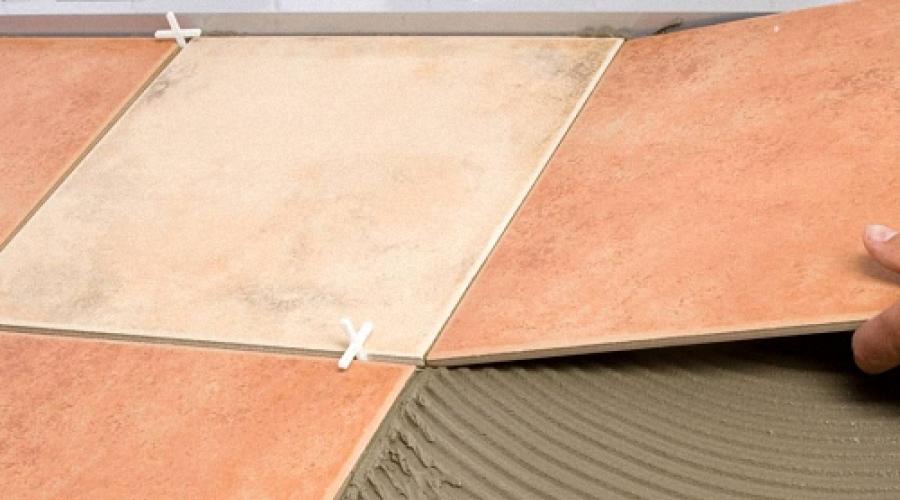
The main advantage of porcelain stoneware is its high quality and durability. Therefore, this material is widely used in the process of both interior and exterior decoration. There are several ways to lay porcelain stoneware, we will talk about the technology for their implementation later.
Porcelain tiles: characteristics and advantages of laying
The use of porcelain stoneware for indoor flooring is primarily due to the large number of advantages of this material. However, quite often there is a choice between ceramic tiles and porcelain stoneware, in order to figure out which is better to use, let's compare these two materials.
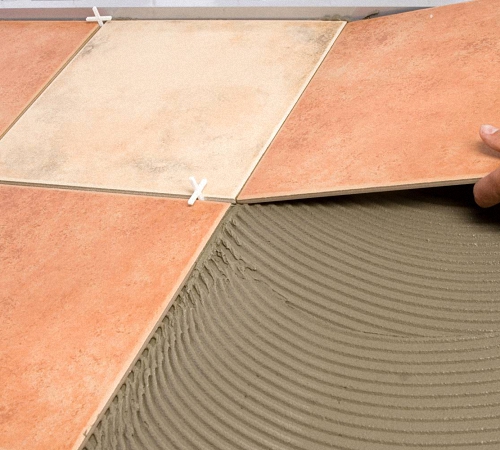
In relation to the composition of these materials are almost identical. For the production of porcelain stoneware, the presence of kaolin, clay, quartz sand, feldspar is required. However, porcelain stoneware is fired at a temperature of more than 1200 degrees, and tiles - no more than 800 degrees. In addition, porcelain stoneware is more pressable, so the strength and performance characteristics of this material are higher than those of tiles.
In the process of manufacturing porcelain stoneware, all its components are melted and combined into a single strength structure. In addition, there are simply no micropores in porcelain stoneware, as it is under huge pressure. The ingress of moisture into the inside of porcelain stoneware is impossible, and, accordingly, the duration of its operation is higher.
In addition to the frost resistance of porcelain stoneware, which is unclaimed under the conditions of its use for interior decoration, this material has the following advantages:
1. High level of wear resistance. Despite the fact that porcelain stoneware is subject to high and intensive use, it does not lose its attractive appearance over a long period of time. Therefore, its application also extends to offices and industrial plants.
2. High strength characteristics of the material are explained by the technology of its production. Subject to the technology of laying the material, it is able to withstand a load of 500 kg per square meter.
3. Cracks and chips do not form on porcelain stoneware, compared to ceramic tiles.
4. There are no stains on the material. Moisture absorption of porcelain stoneware is less than one percent, in addition, it is resistant to aggressive chemicals. Therefore, even if a solvent is poured onto the surface of porcelain stoneware, it is impossible to spoil it.
5. Porcelain stoneware does not need maintenance, to wash the material, you just need to wipe it with a damp cloth and soapy water.
6. A variety of colors and textures allows you to choose the type of material that fits perfectly into any interior.
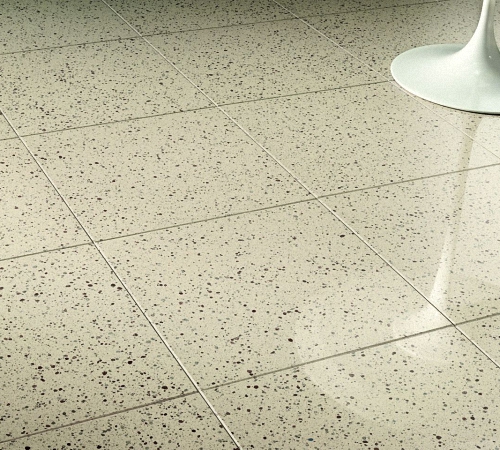
7. The environmental safety of porcelain stoneware is explained by the absence of substances harmful or toxic to humans in its composition.
8. The material is sufficiently frost-resistant, therefore, its use is possible both indoors and outdoors.
9. The use of porcelain stoneware of the highest category (with absolutely even edges) allows you to get minimal joints during its laying, so the coating looks quite uniform.
Despite this, porcelain stoneware has the following disadvantages:
1. The floor covered with porcelain stoneware is quite cold and needs to be heated.
3. The rather high cost of porcelain stoneware also refers to its disadvantage. However, the resulting coating will serve its owners for a very long time.
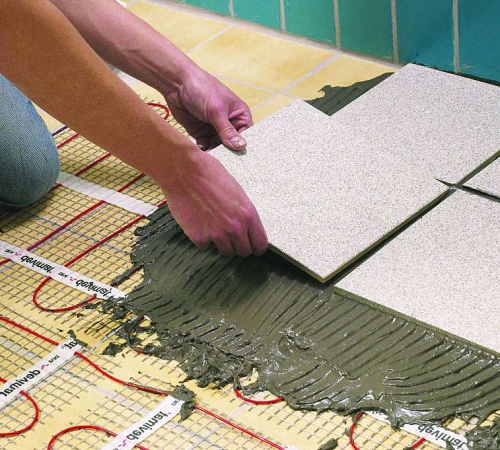
The modern building materials market offers porcelain tiles of different price categories and different manufacturers. The highest quality material is considered to be made in Italy, more economical options are porcelain stoneware from Turkey, Greece and Belarus. How to determine the quality of the material, we will talk further.
Good porcelain stoneware should be characterized by compliance with all technological aspects and requirements for the manufacture of the material. At each stage, the preparation of the composition, its coloring, firing and pressing, the manufacturer must comply with the technology. To determine the quality of porcelain stoneware, we suggest using the following criteria:
1. Relationship with weight. The catalog or material specifications must indicate the weight of each of the tiles. A standard porcelain stoneware slab with a thickness of 0.8 cm should have a weight of 18 kg. If this value is less, then the production technology of the material has been violated, and it has voids in which, over time, water will get in and lead to damage to the tile.
2. Saving material. If there are large recesses on the back of porcelain stoneware, the size of which is more than 20 mm, then such material should not be bought.
3. Check the color ratio. Inspect several tiles from the same series, they should be almost identical, otherwise, the purchase of material should be abandoned.
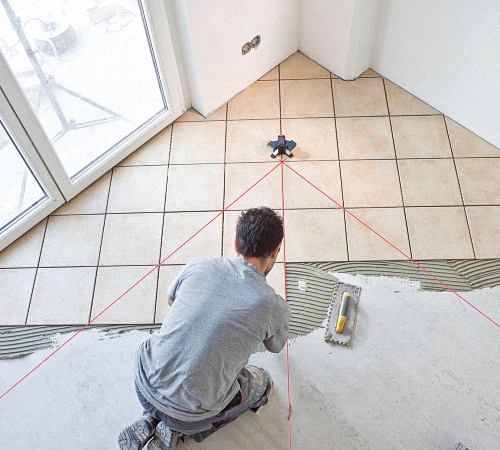
Finishing with porcelain stoneware: varieties of material
In relation to resistance to abrasion, porcelain stoneware is divided into several classes:
- first class material, designed for laying on walls;
- the second class includes porcelain stoneware, which is allowed to be used in the kitchen or bathroom, in places that are characterized by low traffic;
- the third class of porcelain stoneware denotes a material designed for average traffic - ten people per hour;
- the fourth class of tiles is designed for installation in places with increased operational load, such as a beauty salon, restaurant or hairdresser;
- porcelain stoneware of the fifth class is intended for installation in supermarkets, railway stations, airports - in places with high operational loads.
In relation to the type of surface, porcelain stoneware can be:
1. Polished porcelain stoneware is also called glossy. This material has a shiny surface, which is obtained after processing the material with special devices. This type of porcelain tile is installed in restaurants, halls, living rooms, in places where aesthetic appeal is of great importance. Thanks to the presence of a glossy sheen, the room becomes more solemn and pretentious. However, moving on such a floor is quite dangerous, so this material is not used for finishing the floor in the bathroom or in the kitchen.
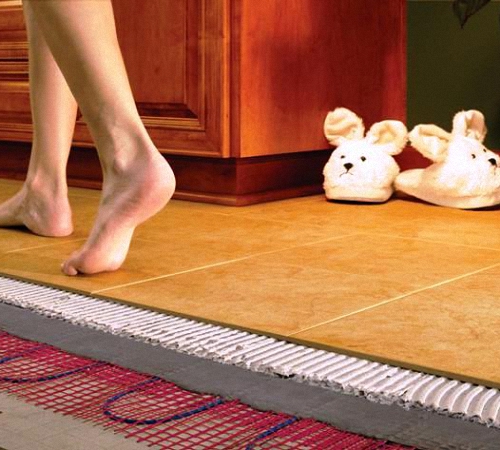
2. The matte version of porcelain stoneware is distinguished by the presence of a textured surface. The appearance of the material is natural, in addition, this porcelain tile is quite easy to use and does not have high slipperiness. Matte porcelain tile is the most popular variant of porcelain stoneware used for exterior indoor flooring.
3. The use of polished or partially polished porcelain stoneware is distinguished primarily by the very attractive appearance of the coating that is finished with it.
4. Porcelain stoneware with a matte sheen is also called satin. Before firing, it is treated with mineral salt, after which it is polished with special equipment that has a diamond coating, as a result, a product with a beautiful shine is obtained.
5. Relief-type porcelain tile is characterized by anti-slip coating, and is used in the process of finishing areas on stairs, entrances or other places that need a certain security. This type of porcelain stoneware is able to imitate wood, stone surface, marble and other finishing materials.
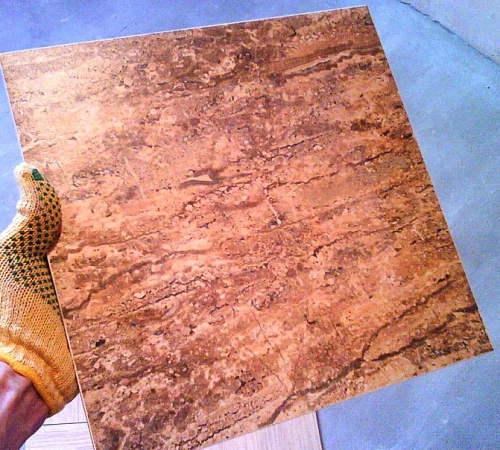
Preparatory stage for laying porcelain stoneware
Before starting work, you should decide on the pattern according to which the material will be installed. There are several options, among which are:
- diagonal laying of kerma granite;
- standard option - rectangular laying;
- diamond-shaped surface;
- Christmas tree option;
- a combination of several types of styling.
The choice of one or another option depends on the size of the room, its interior, tiles, its size and individual preferences of the owners. Please note that to reduce the room, you should choose a large tile, and to increase - a small one.
To increase the width of the room, it is necessary to lay tiles in the transverse direction, and to increase the length - in the longitudinal direction. To combine zones, it is recommended to use a through pattern, and to divide a room into zones, lay the material in a single pattern.
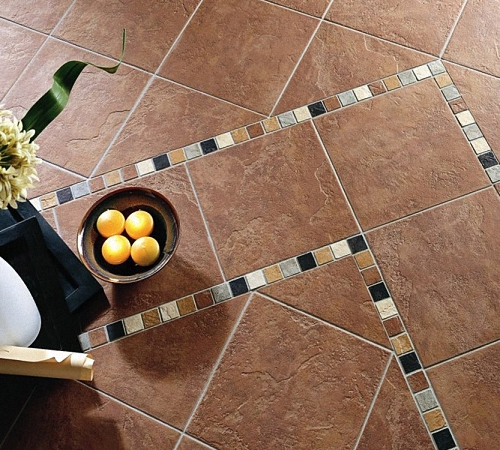
To enlarge the room, it is also recommended to choose light-colored porcelain tiles. Next, decide on the location of the material and its trimming, if you need to cut more than half of the tile, then laying should be started in such a way that the same parts of the tile are cut off from each side of the room. Otherwise, it will not be possible to obtain a symmetrical space.
The base for laying porcelain stoneware must be carefully prepared. Since this material requires the most accurate and even base. In addition, the floor must be free of dirt, dust or grease.
In the presence of the smallest irregularities, self-leveling compositions should be used. If there are significant differences, use a cement-based mortar for rough leveling of the floor, and a self-leveling mixture for finishing. To ensure good adhesion between the floor and the adhesive, it should be pre-treated with a primer.
In the process of preparing a flat floor, its high-quality cleaning and degreasing should be carried out. Please note that the laying of porcelain stoneware is carried out only on a dry base. If there is a warm floor, it is preheated, with the help of which moisture does not remain on the floor. Further, the system is turned off and after the floor has completely cooled down, porcelain stoneware is laid on the surface.
If it is planned to lay porcelain stoneware on a floor made of wood, then a special material is installed on it in the form of a substrate or plasterboard is laid on the floor. To prevent the material from absorbing moisture, it should be treated with a primer. It will protect porcelain stoneware from wood changes during its operation. Please note that when choosing an adhesive, one-component or two-component compositions based on epoxy or polyurethane should be preferred.
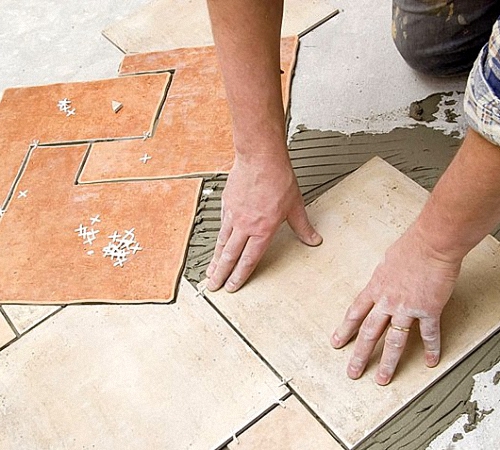
Porcelain stoneware technology: material preparation and installation
In order to lay porcelain stoneware with your own hands, you will need:
- steel ruler and level;
- trowel and pencil, which will be used for marking;
- different kinds of spatulas: simple, toothy;
- a tank in which glue will be kneaded;
- electric drills with a nozzle for a mixer;
- tile cutter or grinder, on which there is a circle with a diamond coating.
From materials, prepare:
- directly porcelain stoneware;
- silicone-based sealant, for sealing joints between tiles;
- adhesive composition;
- grout;
- crosses of the desired configuration;
- primer;
- water.
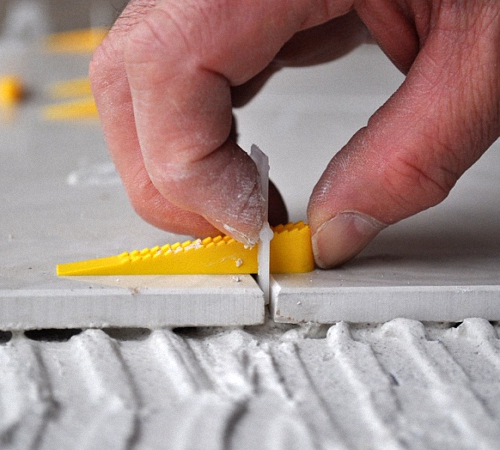
Porcelain stoneware is highly fragile, and therefore requires special care in the process of its transportation. On the front panel of the material there is a layer based on wax or paraffin, which is removed immediately before laying the material. For these purposes, use any cleaning agent that can dissolve fats.
Instructions for laying porcelain stoneware tiles with your own hands:
1. After preparing the base and material for work, the procedure for mixing the adhesive composition follows. Please note that you should not save on glue and use cement for laying the material, as over time there is a risk of falling off the plates.
2. In the process of mixing the dry composition with water, monitor the uniformity of its consistency. For the proportions of adding water, read the instructions for the glue. Please note that the properties of the glue are preserved for 3-9 hours, no more, so during this time it must be used up. It is better to breed it in portions.
3. Apply glue directly to the floor, make sure the words are uniform, which should not contain voids. If the tile is small, then the adhesive is applied using a notched trowel, the teeth of which are no more than one centimeter.
4. In addition, glue should also be applied separately under each of the plates. For example, glue is first applied for laying the first plate, then the second, etc., but in no case, for the first, second and third at once.
5. The installation of porcelain stoneware requires special care, the tile is laid in the state laid on the edge, first the laying lines are marked, and the tile is laid on it.
6. If the size of the tile is large enough, then it is recommended to use a rubber mallet or mallet to level it. After that, using the level, the evenness of the laying of the material is checked.
7. If there is excess glue, it is removed, and crosses are installed between the joints of the tiles to make them uniform.
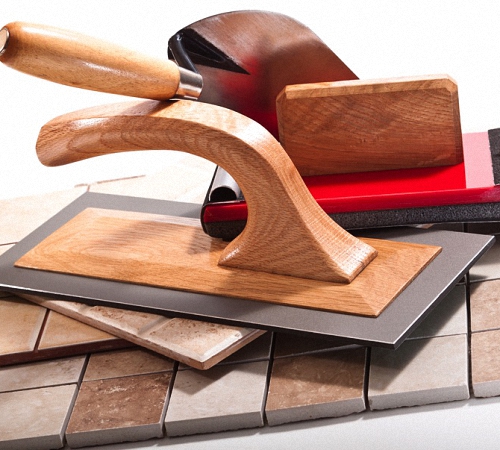
Please note that after the tile is laid on a surface previously lubricated with glue, it can move for a maximum of fifteen minutes, no more. Otherwise, the fixation of the tiles on the surface will not be strong.
If there is a break in work, you should take into account the fact that the tiles laid a few hours ago will be lower than the tiles laid just now.
A day after the glue has set, the seams between the tiles are rubbed, but the operation of the floor seems possible only after 14 days after laying.
Porcelain tile video: